Mammalia

African Elephant
Loxodonta africana

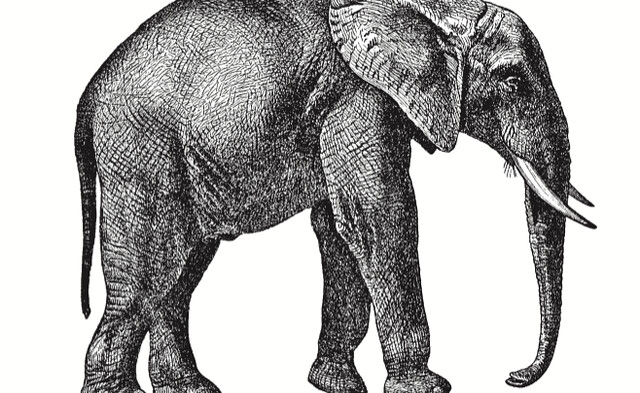
4 POINTS
Play: Loxodonta africana has a MOVE of 2.
Fact: Loxodonta africana is one of the largest living terrestrial animals.

Indian Rhinoceros
Rhinoceros unicornis

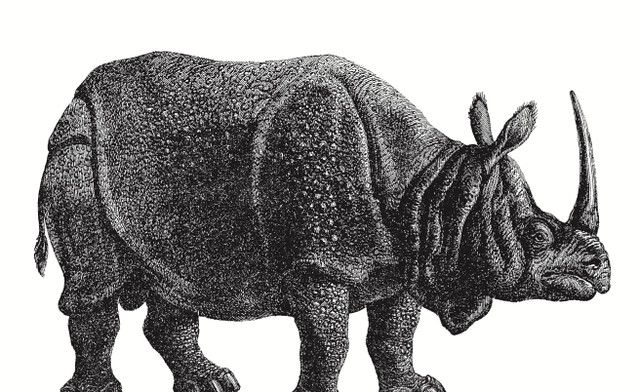
4 POINTS
Play: Rhinoceros unicornis has a MOVE of 2.
Fact: Rhinoceros unicornis has a single horn that is usually about 25cm long, but has been known to grow up to 50cm in length.

Sea Otter
Enhydra lutris


8 POINTS
Play: Enhydra lutris has a MOVE of 2
Fact: Enhydra lutris have the densest fur in the animal kingdom, with nearly one million hairs per square inch.

Llama
Lama glama


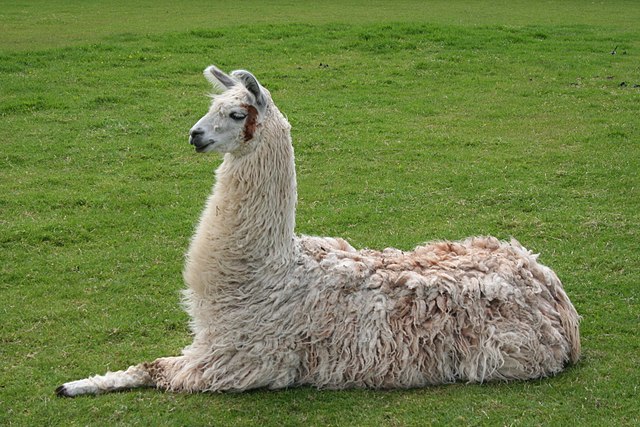
3 POINTS
• Lama glama has a MOVE of 2
• An “Orgle” is the mating sound of a male Llama. It sounds like gargling.

Domestic Cat
Felis catus

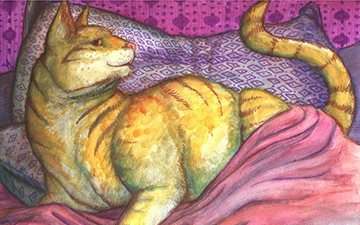

4 POINTS
• Felis catus has a MOVE of 2
• Cats are common pets in Europe and North America, and their worldwide population exceeds 500 million

Moose
Alces alces

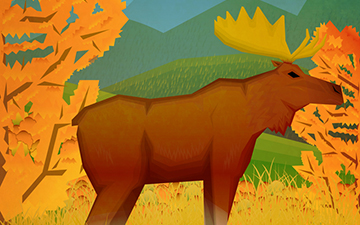

5 POINTS
Play: Alces alces has a MOVE of 2.
Fact: In Europe, a moose is known as a European Elk.